Before we look at the usual performance benchmarks, I also have a test of the heatsinks up my sleeve today. For this purpose, a type-K temperature sensor was attached to the heat conduction pad between the heatsink and PCB and a second one to the respective housing of the system in order to pick up the ambient temperature as constantly as possible. Both sensors are calibrated at 0°C, are polled every second and the delta is formed from both. Testmem5 with the profile “Extreme1@Anta777” serves as the thermal stress test.
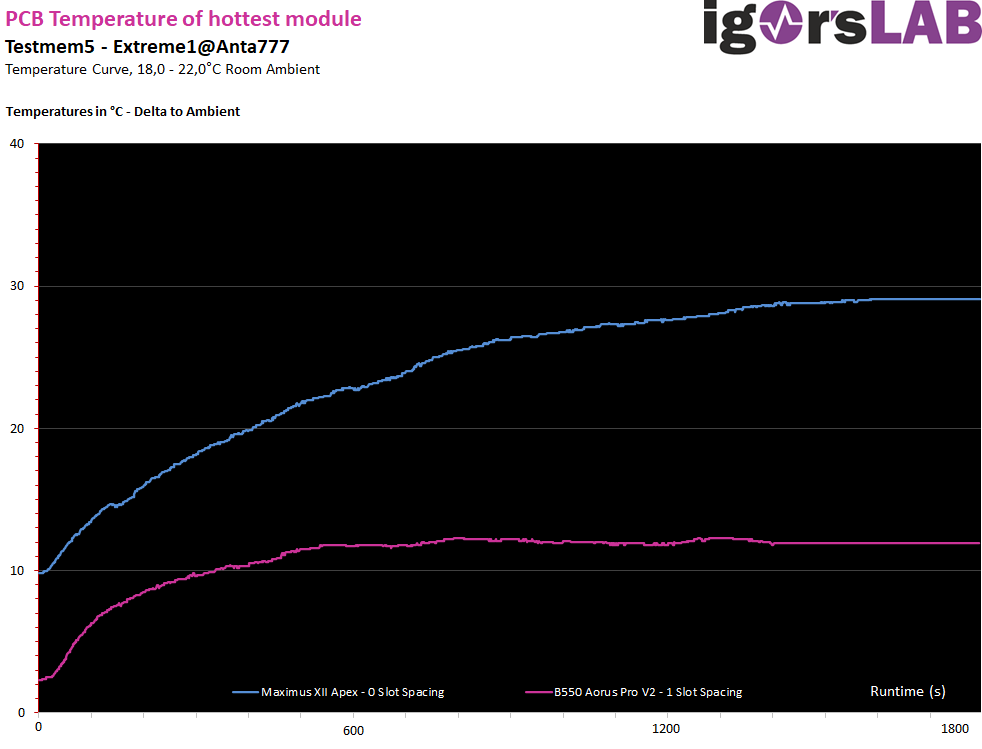
The heatsink of both modules works well and can reliably dissipate the heat generated by the 1.5 V voltage. The chrome-plated aluminum elements efficiently dissipate heat to the environment, mind you completely passively, and thanks to the reflective surface can even partially prevent the absorption of heat from surrounding components. Even without distance between the modules, as on the Maximus XII Apex 2-DIMM board, the delta to the room temperature of just under 30 Kelvin is fully within limits and in no case did it affect the stability.
In terms of performance benchmarks, we have the trusted AIDA64 Cache & Memory Benchmark again today, as well as Geekbench 3 as reliable synthetic indicators and the RAM-guzzling Cyberpunk 2077 in our Kabuki Market Realworld Benchmark. The latter was tested with patch 1.12 for all configurations and the performance data was collected with Nvidia Frameview based on the open source software PresentMon. For better clarity, the “DDR4-” prefix has been omitted when specifying the clock rates in the graphics.
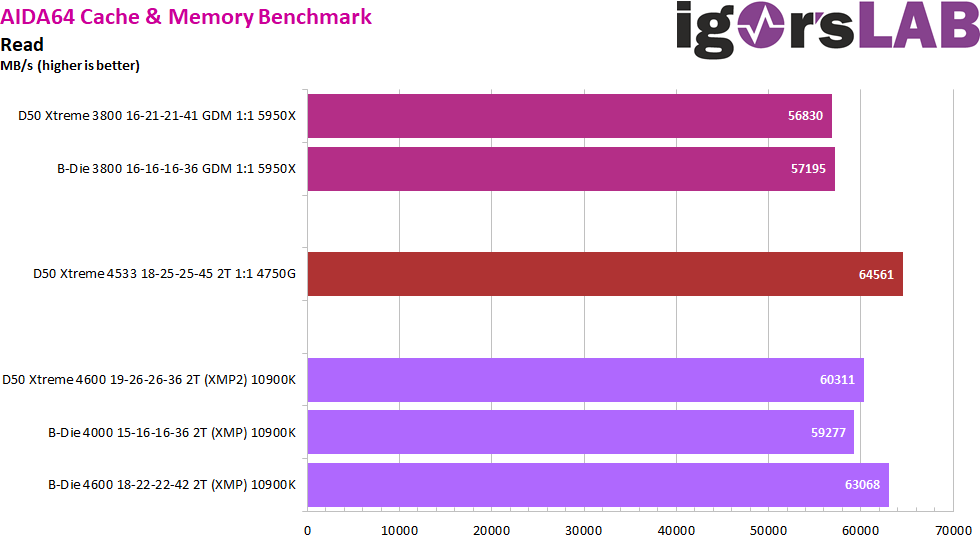
Looking first at the AIDA64 Read results, the 5950X lags behind the Intel system as expected with its limiting Infinity Fabric. Interestingly, however, the Renoir chip with a lower clock but tighter timings is even a tad faster. Here, the 4750G benefits from its architecture-dependent better clocking Infinity Fabric and stronger memory controller, which can fully utilize the RAM. Although the 5950X based on Zen 3 is a newer CPU, it still uses an older version of the IO components for Infinity Fabric and memory controller.
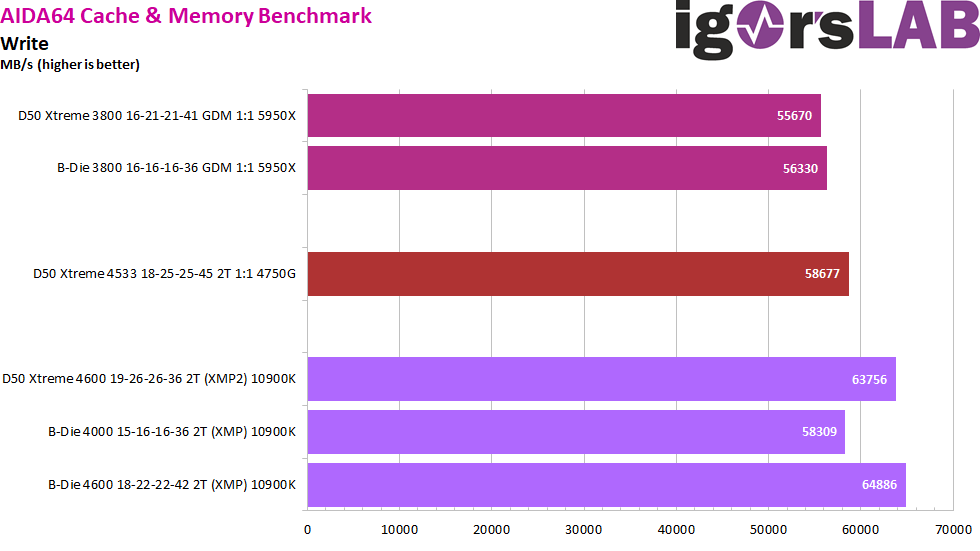
In the write test, the more powerful 10900K and 5950X can catch up with the 4750G. It is also noticeable that the ADATA D50 Xtreme kit is almost on par with the configurations with Samsung B-Die and much tighter tRCD, tRP and tRAS timings. But this is to be expected, since only sequential read and write has been tested so far.
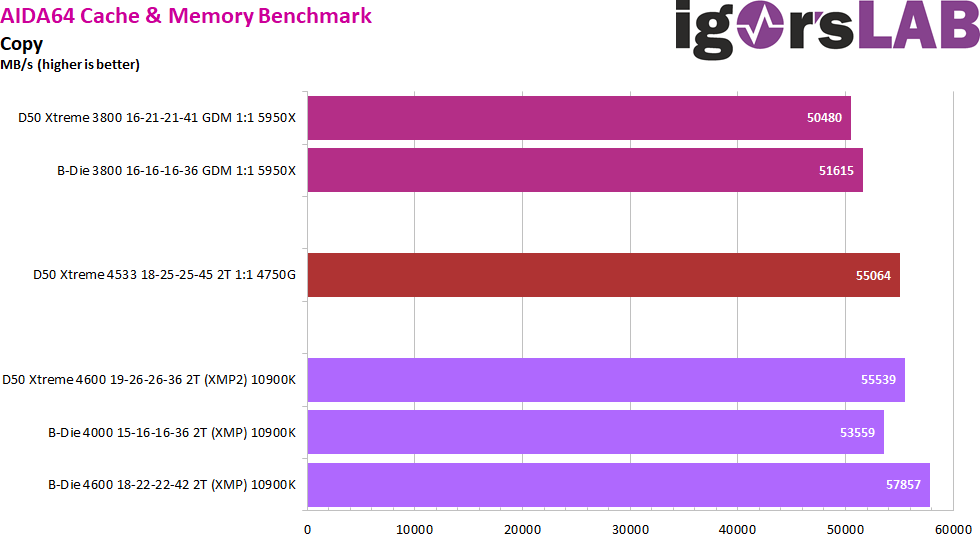
In the copy test we see more of an advantage for the configurations with B-Die and tighter timings, although the differences are still in the small single-digit percentage range.
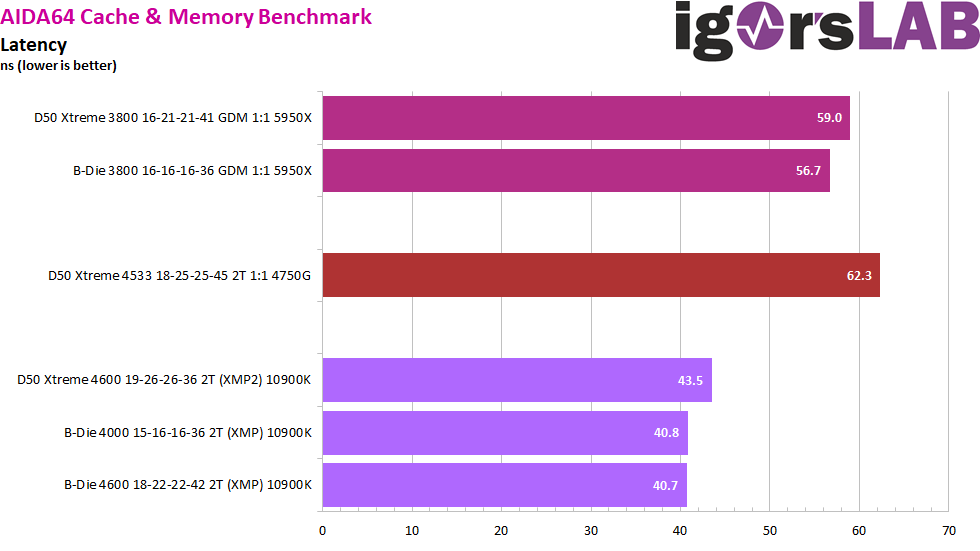
In the latency test, as always, we see a big advantage for the Intel system with its ring connection of the CPU cores to the memory controller, while AMD still has to run all communication through the Infinity Fabric first. Interestingly, the 5950X with its Zen 3 chiplets with optimized cache structure has an advantage over the 4750G with its older Zen 2 chiplets. When it comes to RAM, the differences between D50 Xtreme and the B-Die competitors manifest themselves in an average of 2.5 ns, due to the primary timings.
In Geekbench 3, we now get the closest glimpse of how the differences between the platforms play out in real-world applications. Because in the real world, the computing power of the CPU is the primary factor, the bandwidth is secondary, and the latency of the working memory is tertiary. The latency disadvantage of the D50 Xtreme kit almost disappears on the AMD platform, since here many instructions can be caught by the 32MB large cache and do not reach the RAM at all. On the Intel platform, you can see the differences again more clearly and measurably, but probably not noticeably in most cases.
In Cyberpunk 2077 with UHD, almost all CPUs are on par, only the comparatively weak 4750G is already clearly beaten here despite the GPU bottleneck. A difference between the different RAM configurations with the same CPU is not noticeable.
With the frame time variances, disadvantages for the 5950X and for the 10900K with slower RAM can be discovered. However, these again fall into the category of measurable, but not noticeable to most gamers.
In 1440p, the GPU bottleneck increasingly disappears and other members of the render pipeline gain relevance. As usual, the Intel system with the 10900K is fastest across the board, with the ADATA kit being almost as fast as the B-Die configuration with tighter timings.
The frame time variances here are also almost unimpressed by the different systems, although the categorization into 2 ms steps can be deceiving at this resolution.
In Full HD, the ranking remains the same. Also, on the AMD platform, the ADATA Spectrix kit is again ahead of the B-Die kit with actually better latencies. But it is really not a measuring error, even after 3 runs per resolution the result was confirmed.
The frame time variances in 1080p are almost identical to 1440p, whereby of course more frame times < 2 ms are possible due to the overall higher FPS. A real difference between the ADATA kit with DJR memory chips and higher latencies and the B-Die configurations with lower latencies can’t be found here either.
Conclusion
It doesn’t always have to be Samsung B-Die for DDR4, even in the high-end segment. While products like the ADATA Spectrix D50 Xtreme 4800 kit are at a disadvantage in terms of latencies on paper, the differences are almost imperceptible in the real world. No matter if synthetic or real-world benchmarks, the DJR-based modules can always play at the top in the comparison of the XMP profiles. Only in the overclocking potential B-Die still has clear advantages, which no other memory chip type can reach at the moment.
Also in terms of design and quality of the heatspreaders, the chrome-plated light wonders do not have to hide from the competition at all. On the contrary, the Spectrix D50 Extreme do a lot right here and in my opinion even better than some other products in this price segment. The look is not flashy or kitschy, but rather elegant and sophisticated. The RGB colors are strong, but not glaring. The discreet silver-white in the switched off condition becomes a multicolored miracle with black edges when powered on. In my opinion, there are currently no better looking RGB RAM modules.
Now we still need to talk about the elephant in the room, compatibility. XMP is a grey area of overclocking anyway and often the buck is passed back and forth between CPU, RAM and motherboard manufacturers when something doesn’t work. Especially with clock speeds as high as this kit’s DDR4-4800, you should be aware of the lottery you’re getting into if all the components aren’t perfectly matched. The second XMP profile is a welcome help from the manufacturer to provide a fallback before JEDEC, but that’s all you can expect. From here on, it is up to the user to really tune the kit optimally.
But once you’ve done that and found stable settings for daily use, the ADATA Spectrix D50 Xtreme DDR4-4800 kit works flawlessly, even on AMD Ryzen systems, which it’s not primarily designed for. Performance, design, RGB and price are fitting. So if you are looking for fancy high-end single-ranked RAM modules and don’t expect the absolute ultimate in performance, you can click purchase with a clear conscience.
The Spectrix D50 Xtreme DDR4-4800 kit was kindly provided by ADATA XPG. No influence was exerted on the test.
ADATA XPG Spectrix D50 Xtreme RGB Tungsten Grey DIMM Kit 16GB, DDR4-4800, CL19-26-26 (AX4U480038G19K-DGM50X)














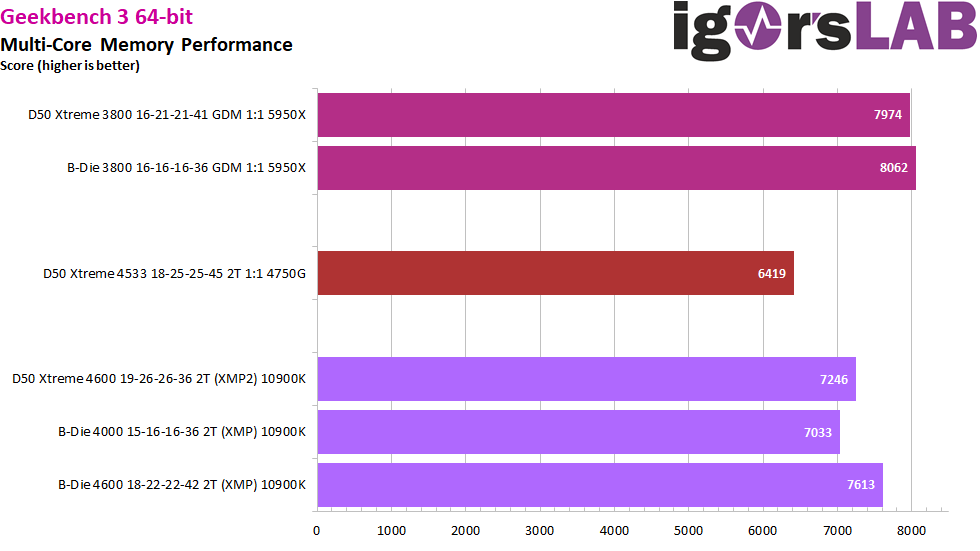
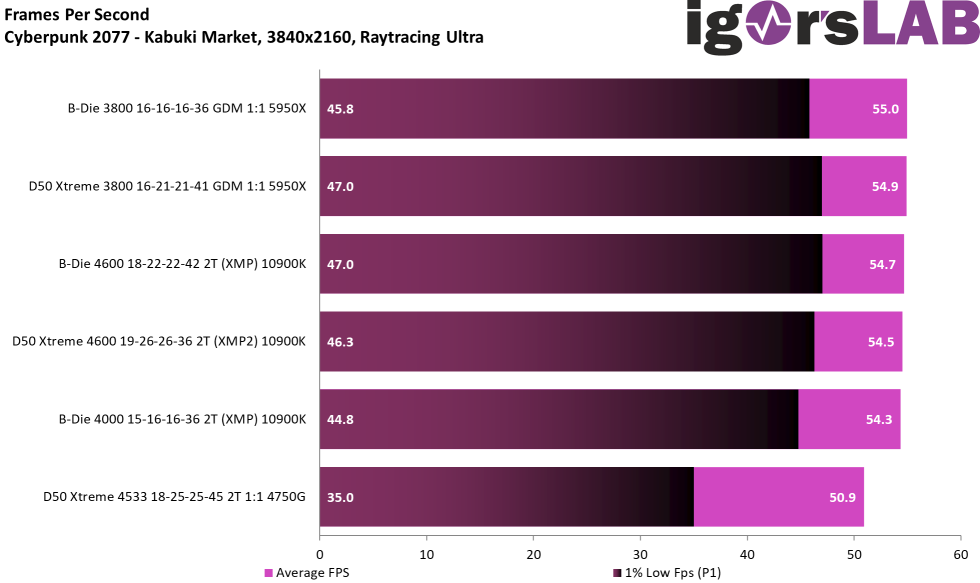
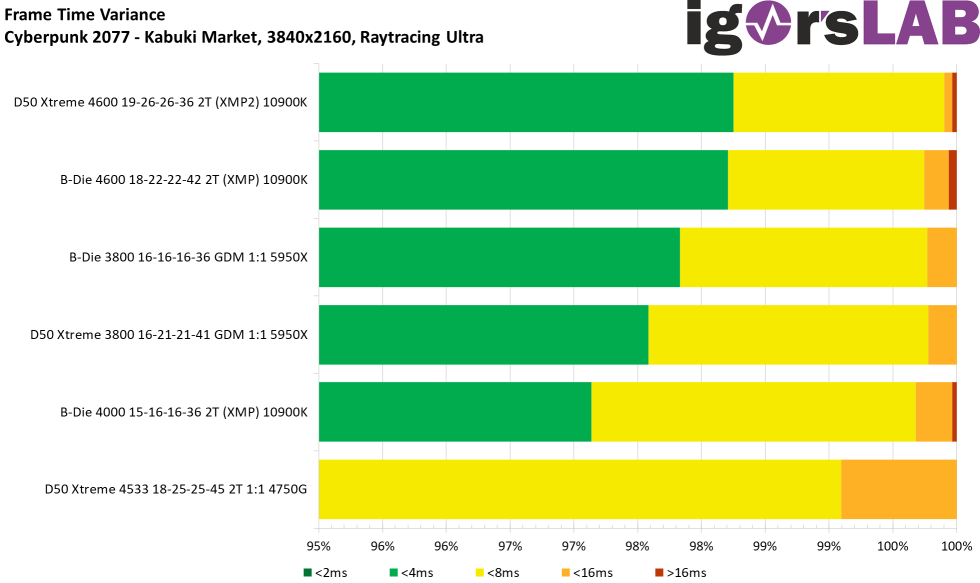
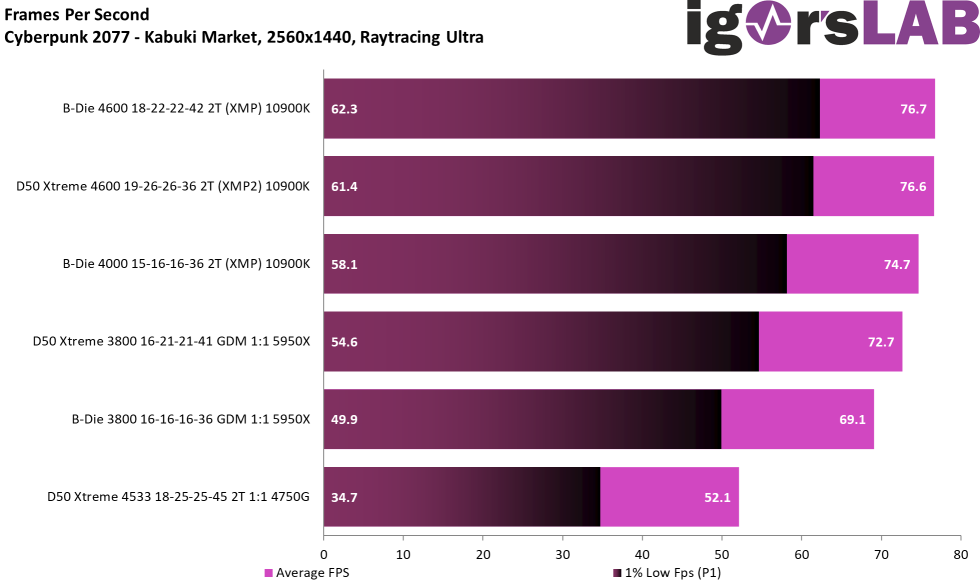
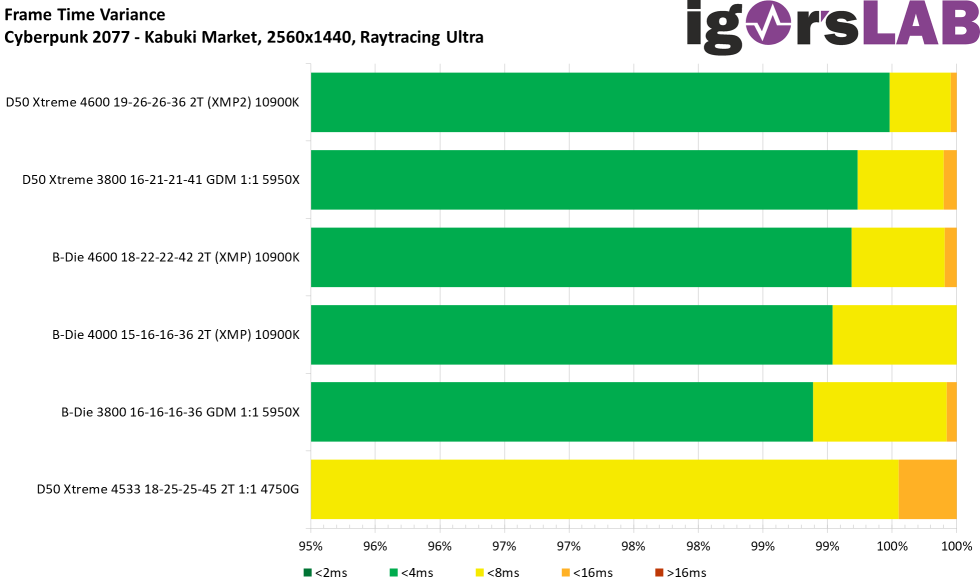
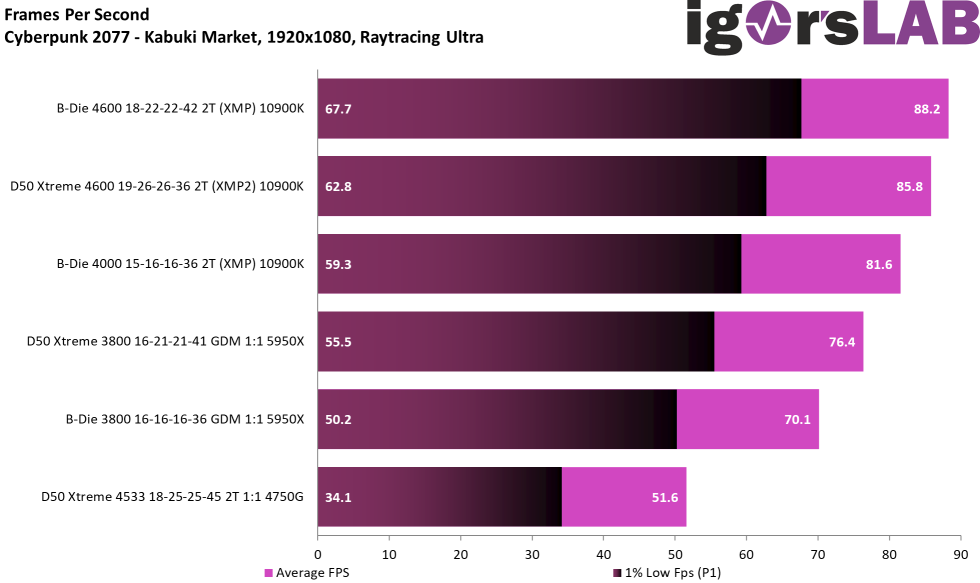

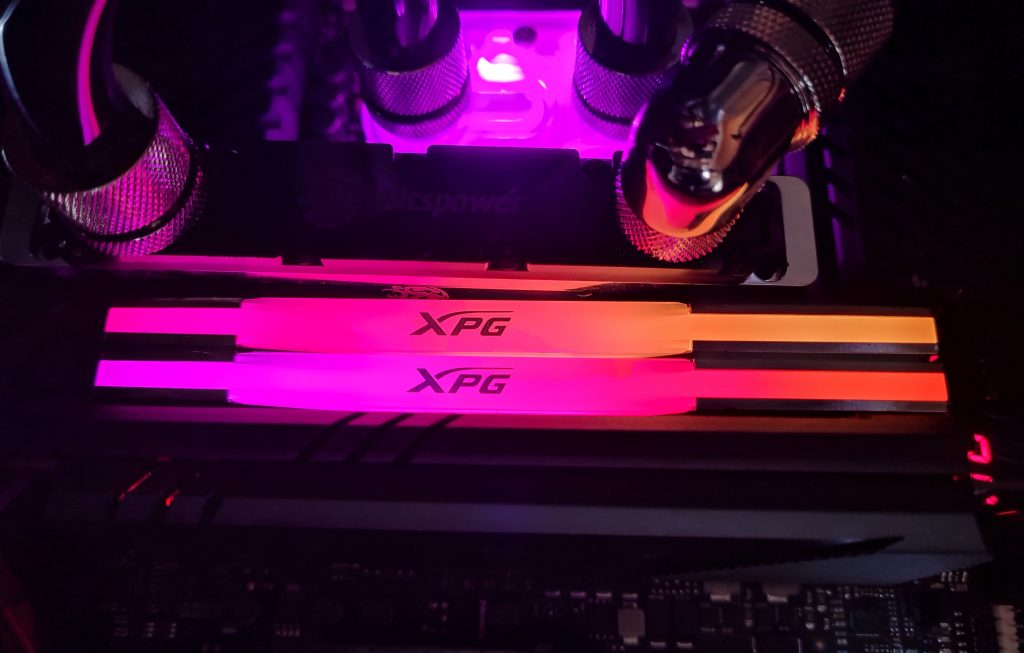




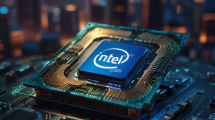













Kommentieren